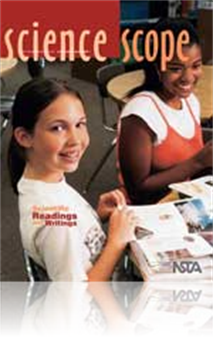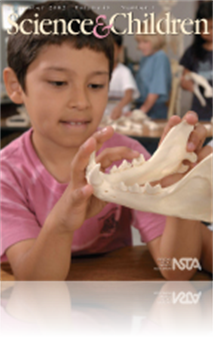All Resources
Journal Article
With a Little Help from my Friends
As a first-year science teacher in a rural area, the author faced numerous challenges. Fortunately, though, her school district offered an innovative teacher program designed especially for first-year teachers and those new to the county. Program par...
Journal Article
A Rubric for Selecting Inquiry-Based Activities
One of the biggest challenges to the more widespread use of inquiry is the difficulty teachers have in identifying appropriate activities. Teachers can structure the use of inquiry in the classroom with this rubric based on the National Science Educa...
Journal Article
This case is based on the real-life incident of a boy whose arm was bitten off by a bull shark while he was swimming off the Florida coast in the summer of 2001. After the boy’s arm was retrieved from the shark’s mouth, it was then surgically rea...
Journal Article
Earth Odyssey is an outreach program for grades four to six developed by a Los Angeles museum. Museum instructors work with classrooms over the course of one month to conduct field observations of living things in the schoolyard and in a local park. ...
Journal Article
A motion picture company (c. 1950) is having problems with antiquated equipment. The director, actors, and crew all want the CEO of the company, who is notorious for being tight with money, to invest in a newly developed zoom lens. Students are asked...






